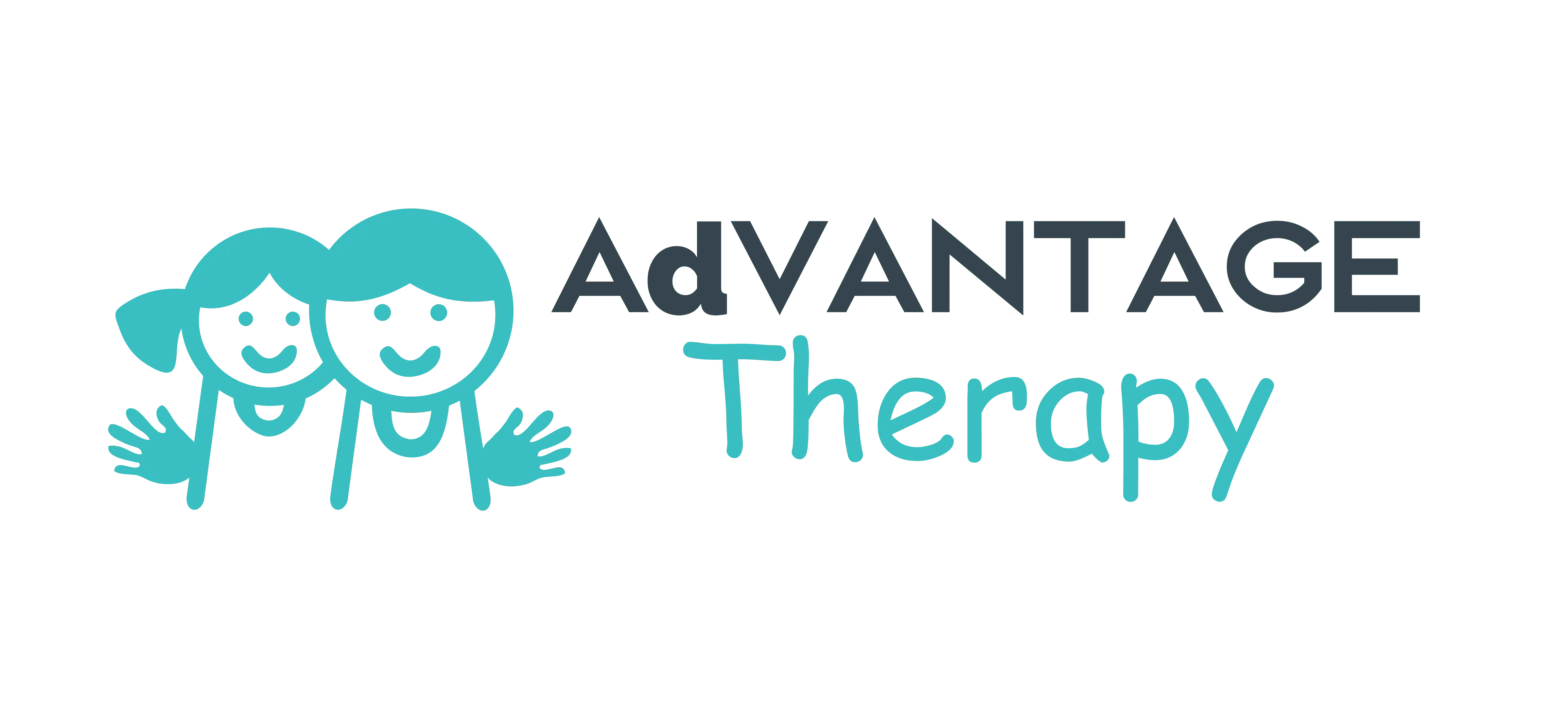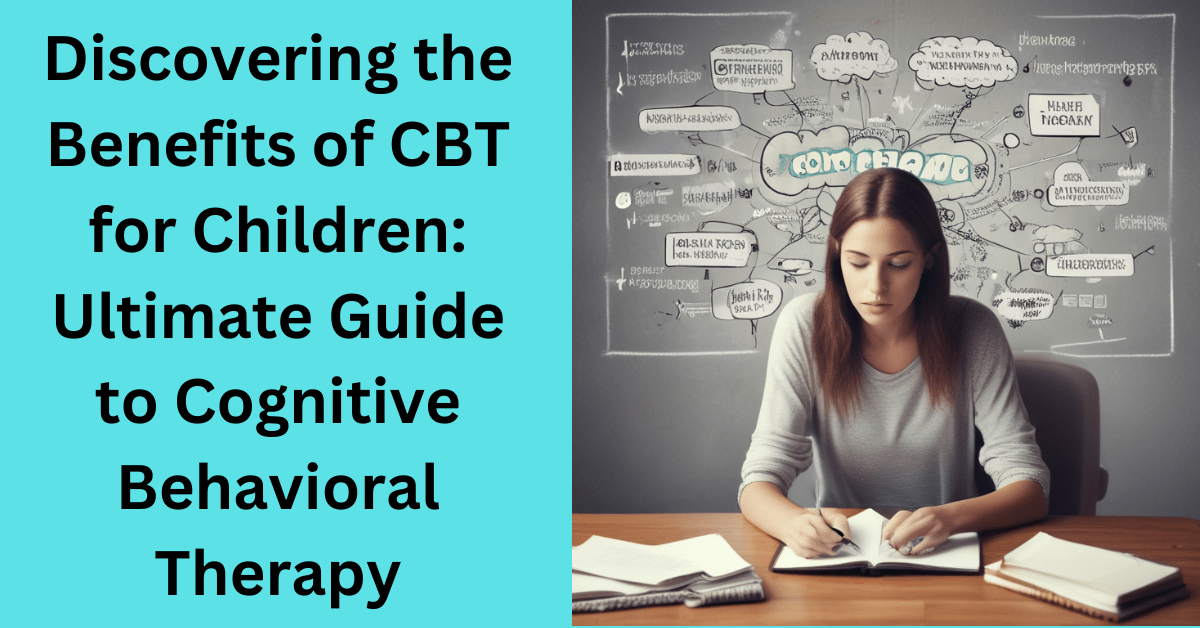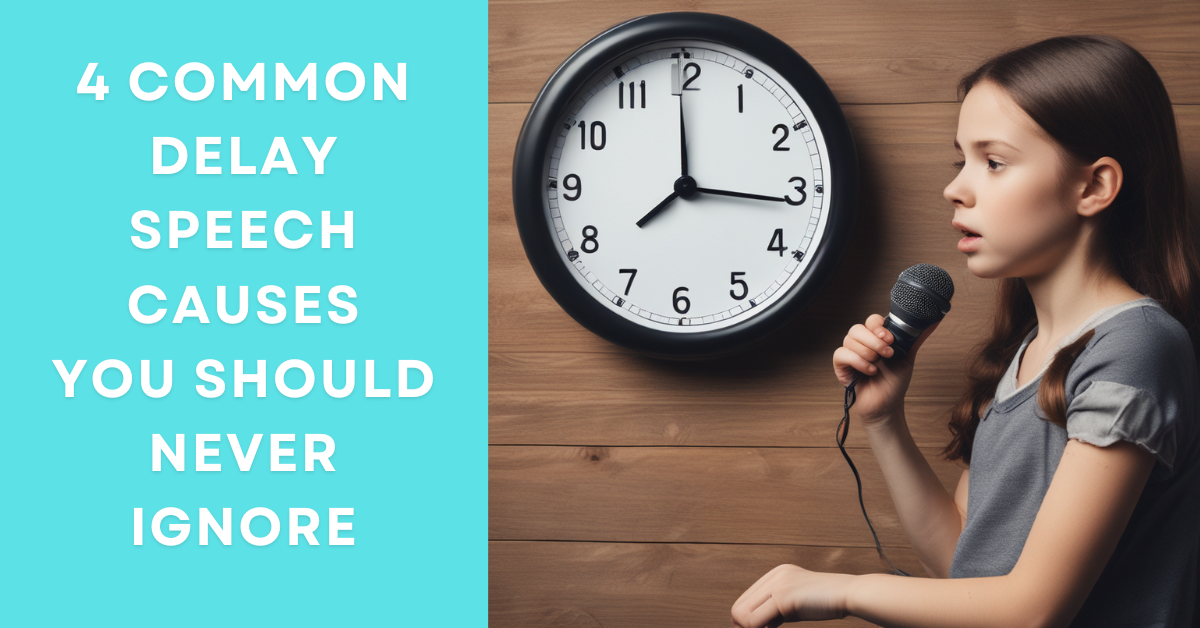When it comes to addressing mental health issues in children and teenagers, Cognitive behavioral treatment (CBT) has gained popularity for its effectiveness as a form of therapy.
This is frequently used to treat anxiety, depression, and obsessive-compulsive disorder (OCD). It helps young people identify negative thoughts and behaviors and learn how to replace them with healthier alternatives.
What is Cognitive Behavioral Therapy?
Cognitive therapy (CBT) is a form of talk therapy that helps people recognize and change unhelpful thoughts and behaviors. Therapists encourage patients to focus on their future rather than dwelling on the past.
Cognitive behavioral therapy (CBT) is not intended to “cure” conditions such as attention deficit hyperactivity disorder (ADHD), but it can be used alongside other treatments to help reduce symptoms.
CBT has proven to be highly beneficial in various practical situations for children. Advantage therapy offers cognitive behavior therapy services that can help your child understand and change their negative thought patterns, allowing them to develop more positive ones. Exploring different perspectives can help a young person respond more effectively to stressful situations and make them better instead of worse.
This form of therapy can provide your child with practical skills that are time-bound, helping them improve their lives. Once individuals incorporate these practices into their daily routines, the skills they acquire will remain with them indefinitely.
CBT activities for children
Using simple language is crucial when explaining CBT to younger children. Many therapists find it beneficial to provide children with worksheets to visualize various concepts.
A child’s worksheet may include images where they can express their thoughts in thought bubbles. The therapist might ask the child about their thoughts on the painting. Using stop signs on worksheets can help children identify when they are about to lose control.
Understanding the connection between ideas, emotions, and actions can be a challenging concept, but using worksheets can assist children and teenagers in comprehending it. These worksheets can help strengthen their understanding. Planners, checklists, or a rewards chart can also be incorporated into children’s cognitive behavioral therapy (CBT) to help them with task completion and memory retention.
Cognitive Behavioral Therapy (CBT) Treatment:
Cognitive Behavioral Therapy (CBT) is a versatile therapy method that focuses on identifying and changing harmful thought and behavior patterns. It has the potential to enhance a wide range of disorders. It can be beneficial in various scenarios for the following reasons:
-
Anxiety disorders, such as post-traumatic stress disorder (PTSD):
People with anxiety disorders can find relief through cognitive behavioral therapy (CBT). This therapy helps them develop techniques to identify and challenge irrational thoughts and negative thinking patterns that contribute to their anxiety. In addition, it incorporates exposure therapy, a technique that gradually exposes individuals to their fears in a secure environment to reduce their anxiety response.
-
Feeling down and experiencing a lack of motivation:
CBT is a highly effective treatment for depression as it helps patients recognize and change negative thought patterns that contribute to their depressive symptoms. Furthermore, the focus is on behavioral activation, encouraging individuals to engage in activities that bring them joy and boost their self-esteem.
-
Feeling overwhelmed or anxious:
Cognitive behavioral therapy (CBT) assists individuals in understanding their stress triggers, challenging their exaggerated perceptions of these stressors, and developing relaxation techniques and time management skills. This enables them to effectively manage and regulate their stress levels.
-
OCD, also known as obsessive-compulsive disorder:
Exposure and response prevention (ERP) is a frequently used element of cognitive behavioral therapy (CBT) for obsessive-compulsive disorder (OCD). Patients in ERP gradually confront their feared situations or triggers while refraining from engaging in compulsive behaviors. It also addresses the cognitive distortions that often accompany compulsions and obsessions.
-
Fears:
Through the use of cognitive restructuring techniques and gradual exposure to feared objects or situations, CBT proves to be a highly effective treatment for phobias.
-
Bullying:
People can acquire skills to manage the emotional effects of bullying by using cognitive behavioral therapy (CBT) methods. These techniques help individuals challenge negative self-perceptions, develop assertiveness, and enhance their resilience.
-
Behavior issues:
Cognitive Behavioral Therapy (CBT) is a highly effective approach to addressing behavioral concerns. This program helps individuals develop the ability to identify their behavior patterns, modify their coping strategies, and find more efficient solutions to problems.
Cognitive behavioral therapy (CBT) provides a systematic and evidence-based approach to treating a wide range of mental health disorders by helping individuals develop positive coping strategies and improve their overall well-being.
Is it possible to explain cognitive behavioral therapy to a child?
You can reassure your child that cognitive behavioral treatment will teach her to think about whether or not her fears are real. She will be able to spot her anxious thoughts and decide if they are important enough to deal with through therapy. She will figure out how to “talk back” to the rude ones so they don’t have to boss her around.
Conclusion
Cognitive behavioral therapy (CBT) can teach kids that their ideas and feelings influence their actions and that they can alter their feelings and actions to improve their mood and well-being. Children can benefit from cognitive behavioral therapy (CBT) for a variety of issues since it is a safe and effective treatment.





